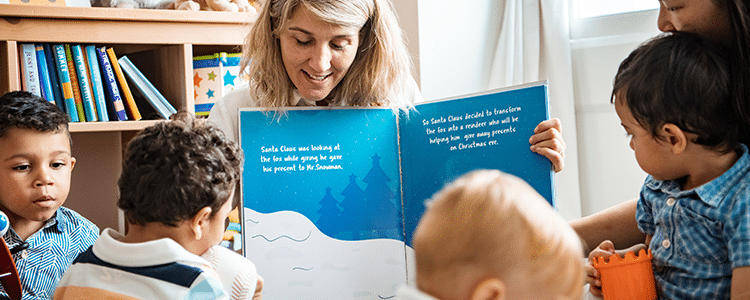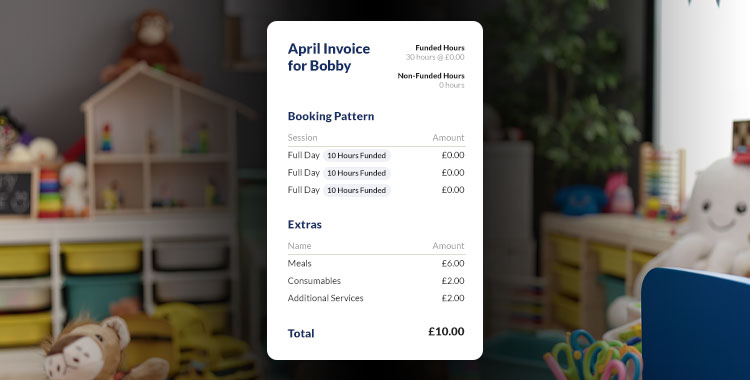Navigating the complexities of an early year’s curriculum can be daunting for nursery administrators and educators. However, with a well-thought-out approach, creating an environment that complies with the UK’s Ofsted regulations and fosters a thriving learning space for young children is possible. This blog will explore what constitutes an effective early-year curriculum, how to align it with the Early Years Foundation Stage (EYFS) goals, and the best practices for its implementation.
What is an Early Years Curriculum?

An early-year curriculum is designed to provide a structured learning framework tailored to the developmental needs of children from birth to five years. It goes beyond mere activities, encompassing a holistic approach that promotes social, emotional, physical, and intellectual development. This curriculum works in tandem with the EYFS, a mandatory framework set by the UK government, ensuring all nurseries provide a standardised level of education that supports early learning goals.
Early Learning Goals:

The EYFS outlines specific early learning goals that set expectations for what children should know and be able to do by the end of the reception year. These goals cover seven critical areas of learning and development, including personal, social, and emotional development; communication and language; physical development; literacy; mathematics; understanding the world; and expressive arts and design. Aligning your nursery’s curriculum with these goals ensures a cohesive educational journey that supports holistic development.
Early Years Curriculum Planning:

Effective curriculum planning is pivotal in setting the foundation for successful learning outcomes. Here are some steps to guide you through this process:
- Assessment of Needs: Evaluate the specific needs of the children in your care. This includes understanding their developmental stages, interests, and any additional support they might require.
- Incorporating EYFS Goals: Integrate EYFS goals into your daily activities and learning modules. Ensure that these goals are adaptable to individual learning styles and paces.
- Resource Allocation: Utilize appropriate resources that enhance the learning experience. This could involve tactile materials for physical development, books, and storytelling props for literacy.
- Staff Training: Continuously train your staff on the latest educational practices and updates in the EYFS framework. This ensures that your team is competent and confident in delivering the curriculum effectively.
Implementing Your Early Years Curriculum:

The implementation of an early year’s curriculum requires thoughtful execution and regular evaluation. Here are key considerations:
- Development Tracking: Regularly assess children’s progress against the EYFS goals. This helps identify areas needing more focus and adapt the curriculum accordingly.
- Parental Engagement: Keep parents informed about their children’s progress and the curriculum’s objectives. This promotes a supportive home learning environment and enhances the child’s educational experience.
- Feedback and Adjustments: Solicit feedback from staff and parents to refine and improve the curriculum. Continuous improvement will help meet the evolving needs of the children and ensure compliance with Ofsted standards.
Early Childhood Education Resources:

Utilising high-quality resources can significantly enhance the effectiveness of your curriculum. Here are some valuable links:
- Early Years Foundation Stage – GOV.UK
- Education Inspection Framework – GOV.UK
- Early Years Inspection Handbook – GOV.UK
- Curriculum Planning Help for Early Years Providers
Implementing an effective early-year curriculum requires understanding its fundamental principles, aligning it with the EYFS goals, and engaging with staff and parents to ensure its successful delivery. By adhering to these best practices, nursery administrators can provide a rich, supportive, and compliant educational environment that fosters young children’s holistic development.
Are you interested in enhancing your nursery’s curriculum?
Explore Nursery in a Box for tools and resources that support outstanding early years education and learn more about Top Resources for Early Years. Book a demo today to see how we can help streamline your educational offerings and compliance with Ofsted regulations.

Hannah
Marketing Manager




